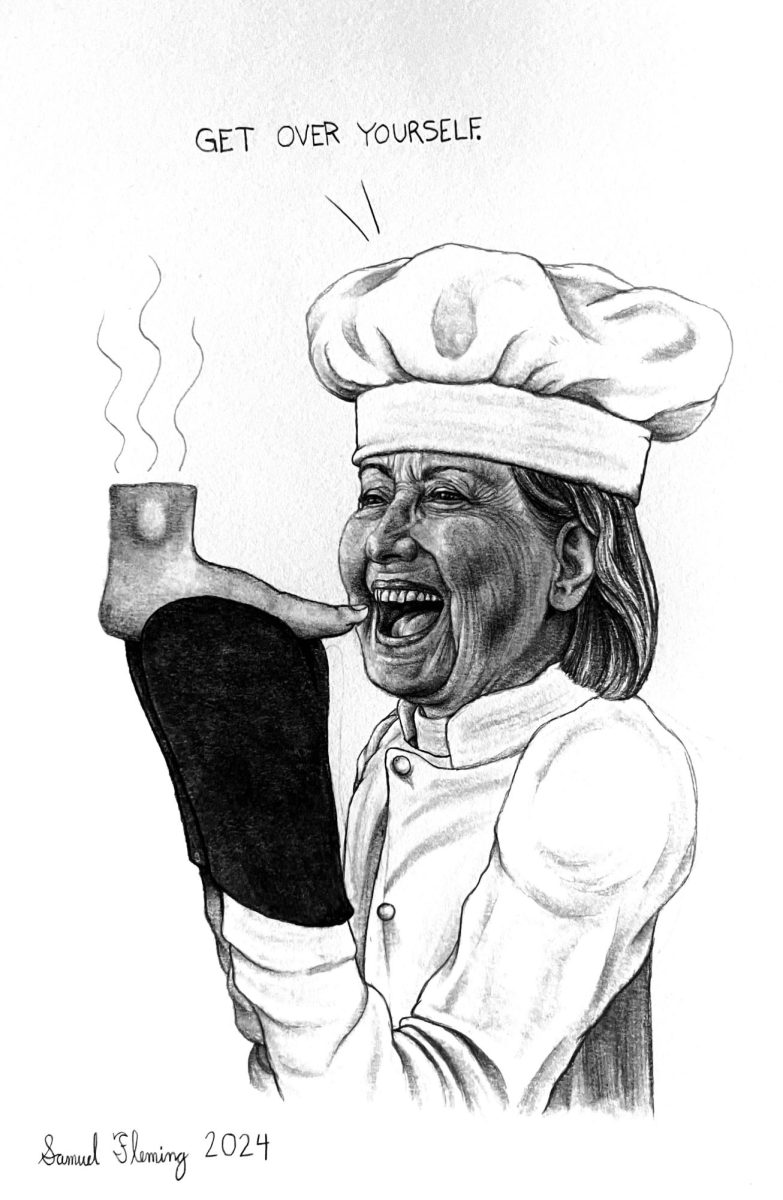His paintings are staples of Minneapolis art museums: “Frank”, a distinctive 9 feet by 12 feet portrait of a man, resides in the Minneapolis Institute of Art, and one of his most famous works, “Big Self-Portrait”, can be visited at the Walker Art Center. Chuck Close, photorealist artist known for his large-scale portraits, has an undeniably looming presence in the canon of American portraiture, world renowned for reviving the art form.
Recently, several women have come forward with allegations that Close made crude comments and sexually harassed them while modeling at his studio. He has since denied making some of the comments, but apologized if he made any of the women feel uncomfortable.
There have been mixed reactions as to what galleries should do about Close’s works. “Self-Portrait 2000” was removed by Seattle University amid concerns over “potential student, faculty or staff reaction to seeing the self-portrait.” The National Gallery postponed his upcoming solo exhibition.
The reactions of these institutions are understandable, especially given the recent demands for change around a pervasive culture of sexual harassment and exploitation. Still, in deciding the extent to which we should censor and attempt to erase artistic history, we should consider that many of our most renowned artists have less-than-spotless histories; if galleries removed works according to the philosophy of moral perfection, a huge swath of art history would disappear.
The Renaissance artist Caravaggio killed a man, Picasso was a well-known misogynist and serial abuser who famously said, “women are machines for suffering,” but these men are also considered artistic geniuses, still celebrated for producing works of cultural and historical importance.
Demanding removal of works by artists that we consider immoral sets impossible standards for art institutions — but ignoring the problem isn’t a viable option either.
One suggested solution to the issue is to use the wall text in museums as an opportunity to contextualize the artists themselves. It perhaps seems a simplistic solution, but an important step in the right direction — institutions doing justice to changing cultural tides in regard to holding powerful artists responsible for their actions. It would allow museum-goers to gain more information about various artists, and to consider the ways in which their works, and their personas, have shaped our culture and history.
We could attempt to censor the past, demand that museums remove the works of all morally problematic artists (though a somewhat impossible feat in itself). However, we should consider the benefits of art institutions bringing attention to the lives of artists that we have deified in the past if we want to invite informed discussion and ask how our culture needs to change. It should be the responsibility of museums to educate visitors about important works of art, not to censor and deny the lasting effects of these artists on artistic culture.
Art should not necessarily be tainted by the sins of the artist; while the actions of these artists should be considered in order to contextualize their work, the work itself need not be totally erased from history. Appreciating and engaging with the nuances of our history, instead of resorting to censorship, ultimately creates a much more fruitful relationship with the past. Artists should be held accountable to the extent that they can be, but we can still attempt to maintain the richness and complexity of our history.














